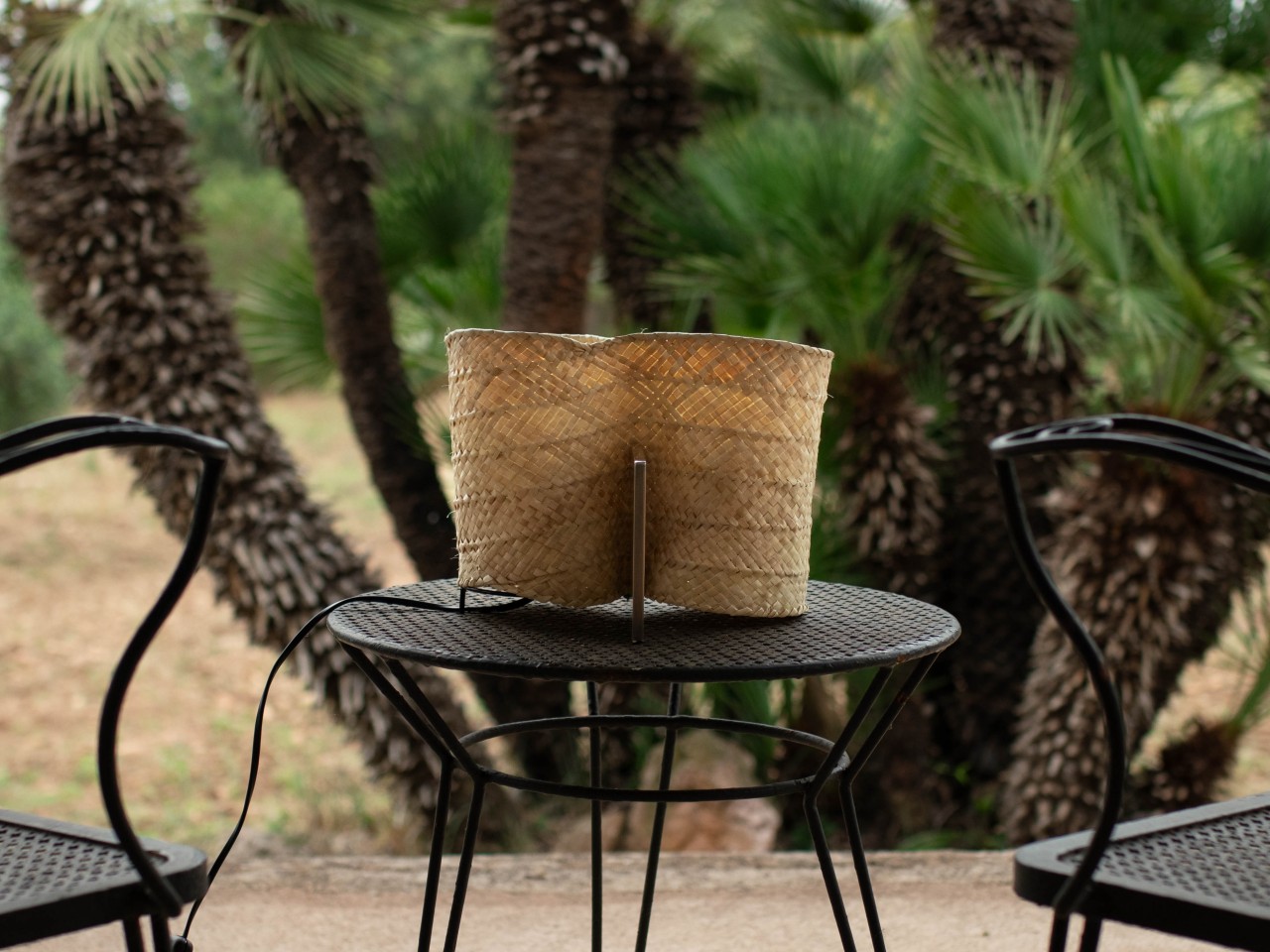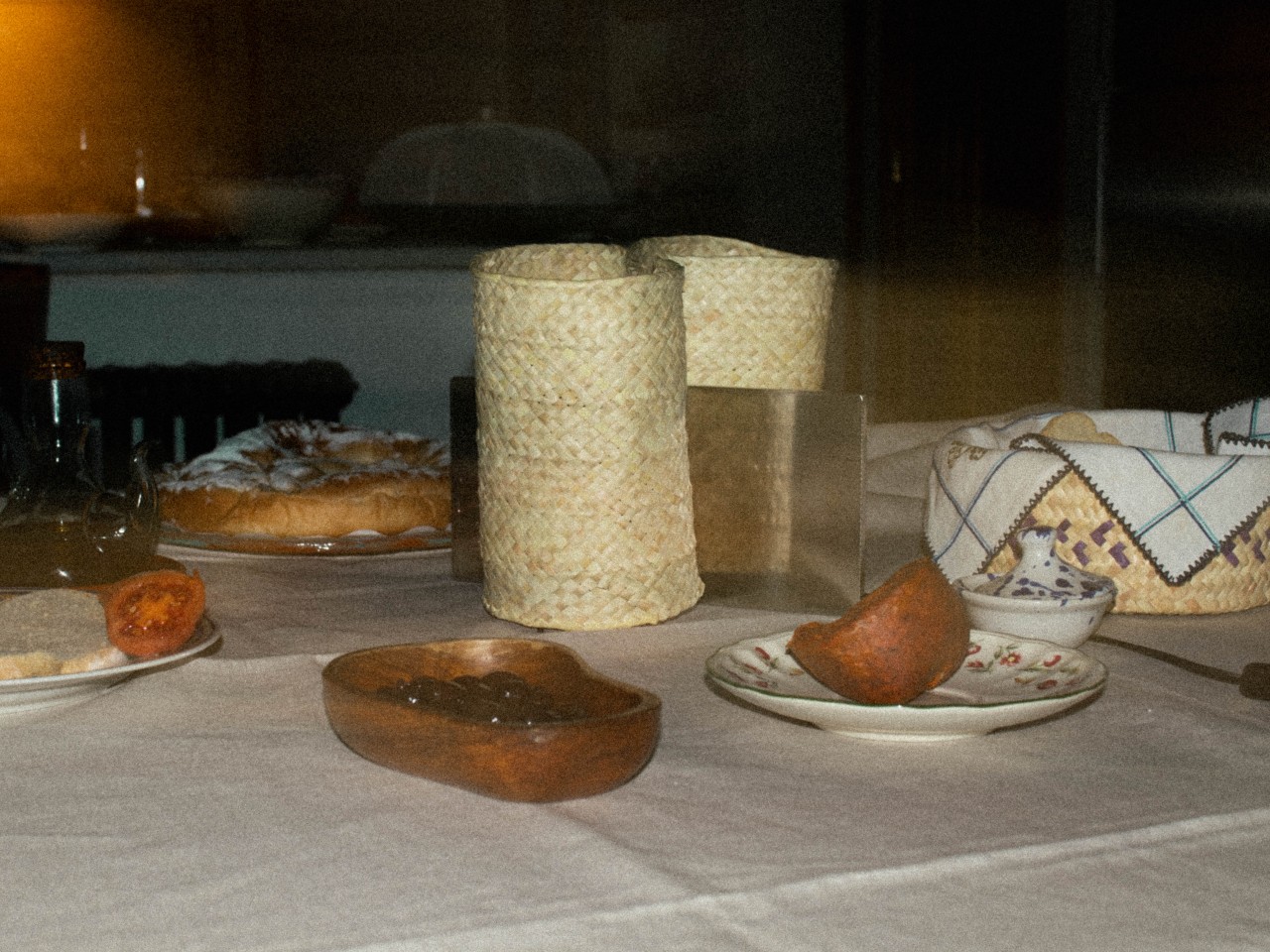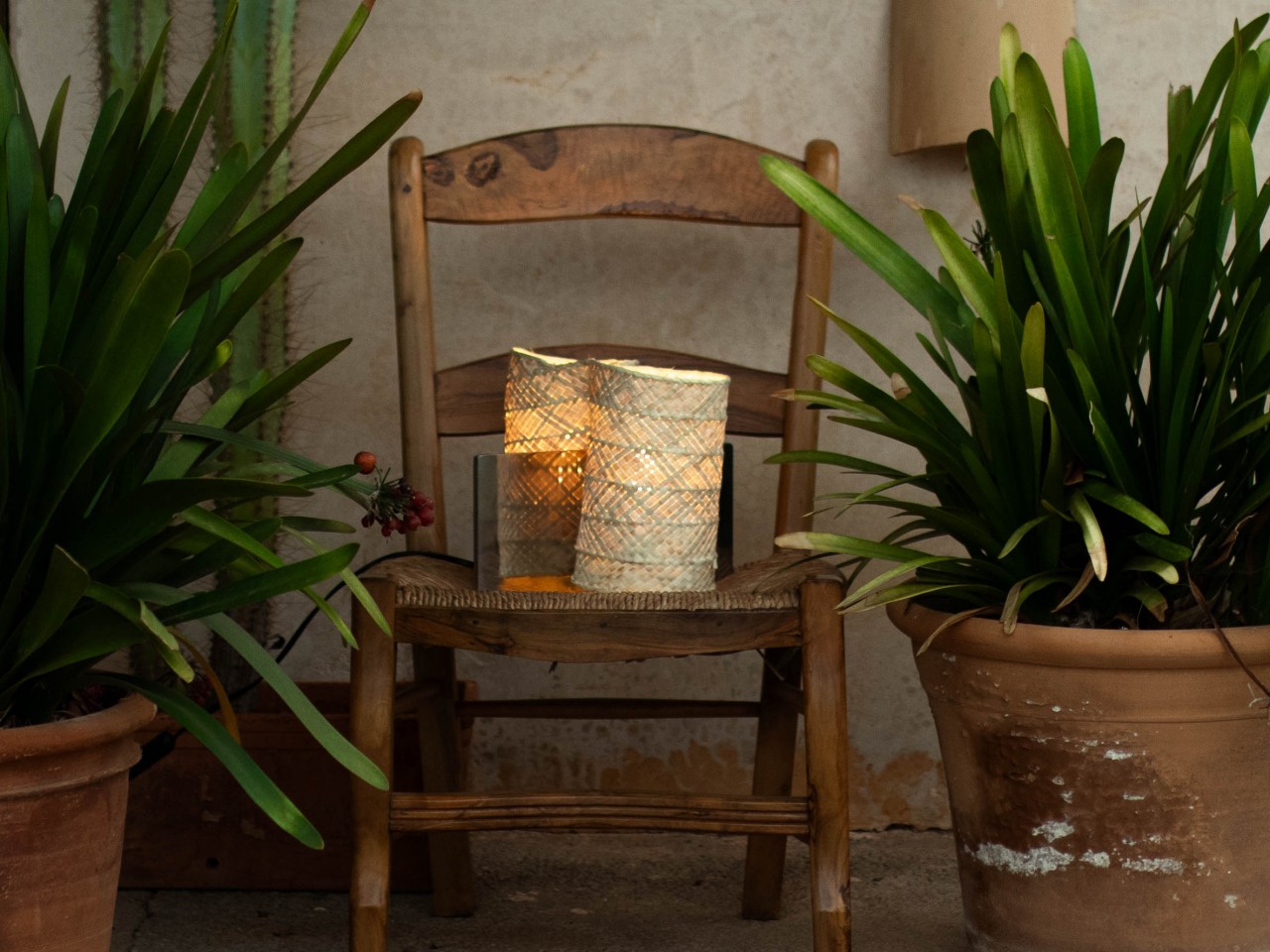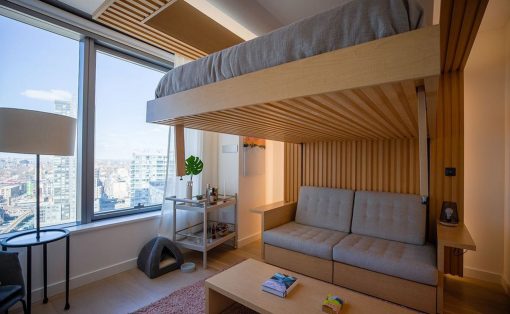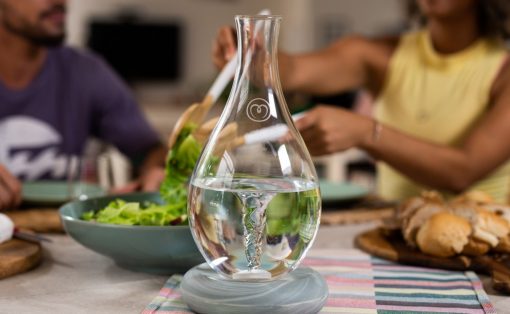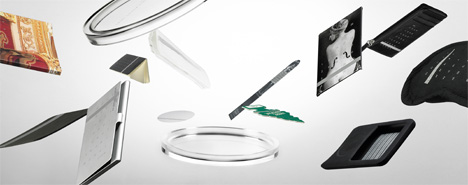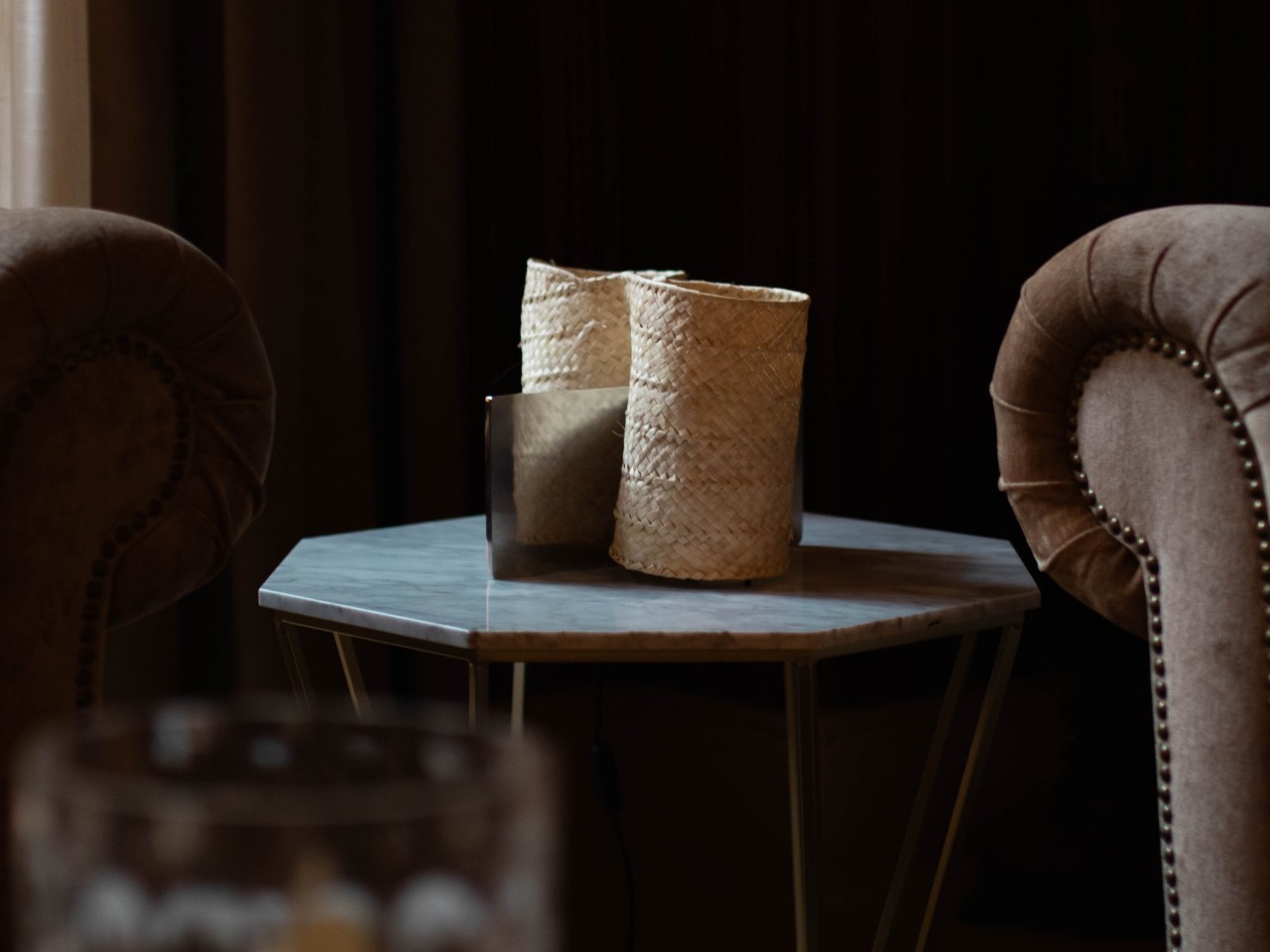
Advancements in technology, material science, and processes have taken man’s production capabilities to a whole new level. However, with advanced manufacturing, traditional craftsmanship and values have been left by the wayside, sometimes forgotten, and other times discarded as if they were no longer important or were even counterproductive to progress. Of course, this couldn’t be further from the truth, as there will always be elements of traditional crafts and modern tooling that could be mixed in an elegant way. Such is the premise behind this rather striking lamp, highlighting not only the beauty of traditional, handmade crafts but also promoting the culture and the livelihood that also grow alongside it.
Designer: Antoni Martorell Pascual
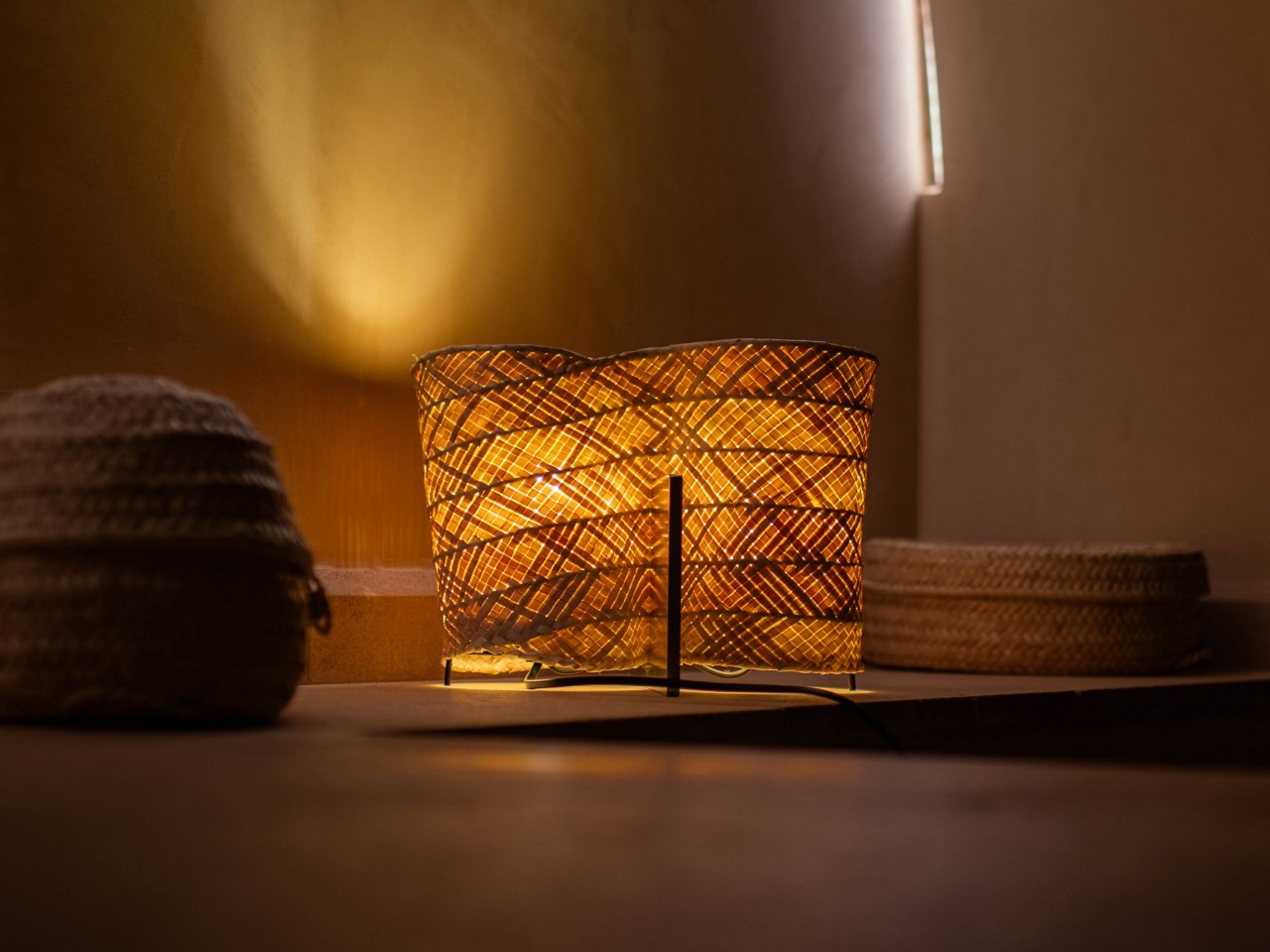
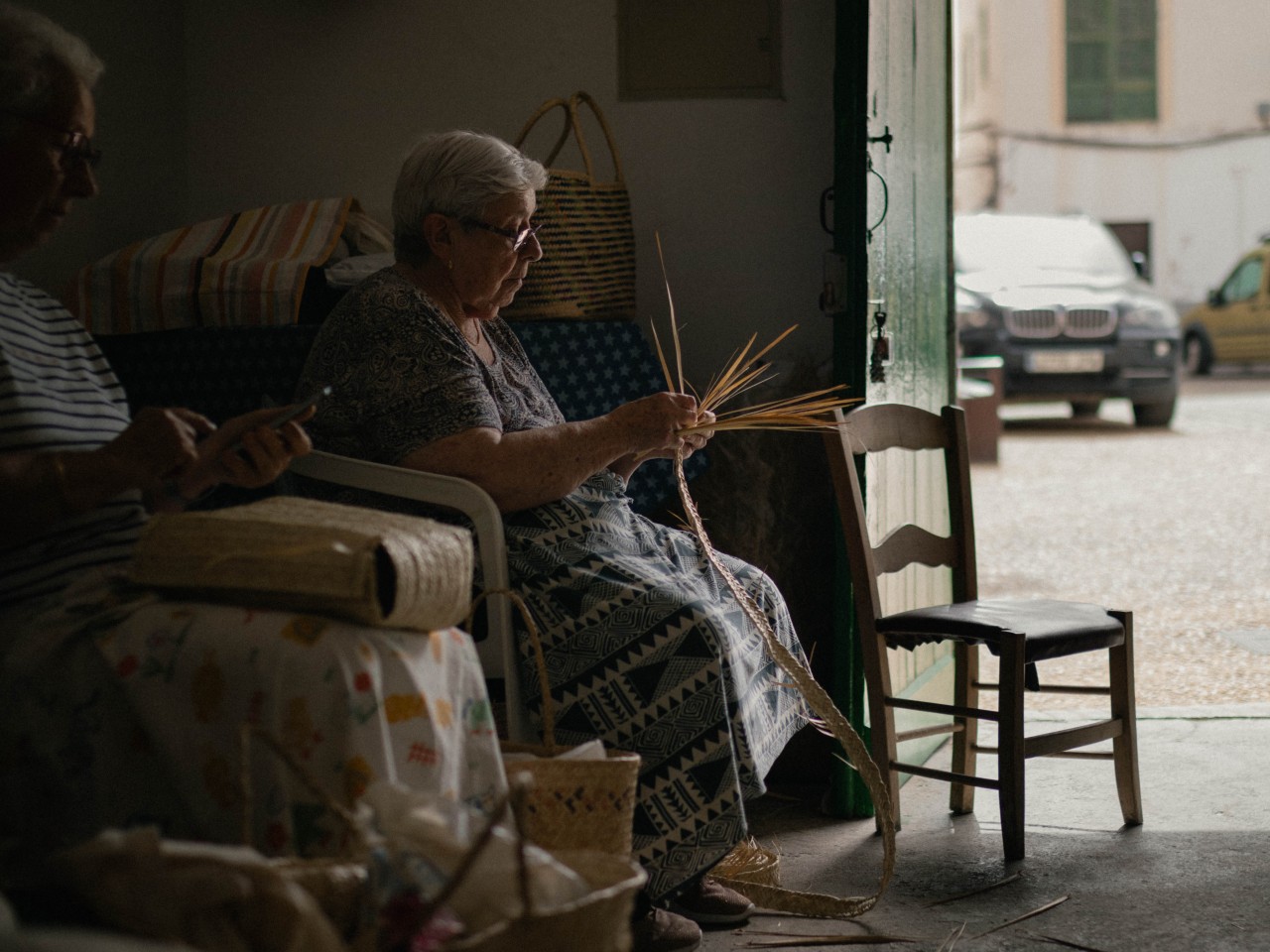
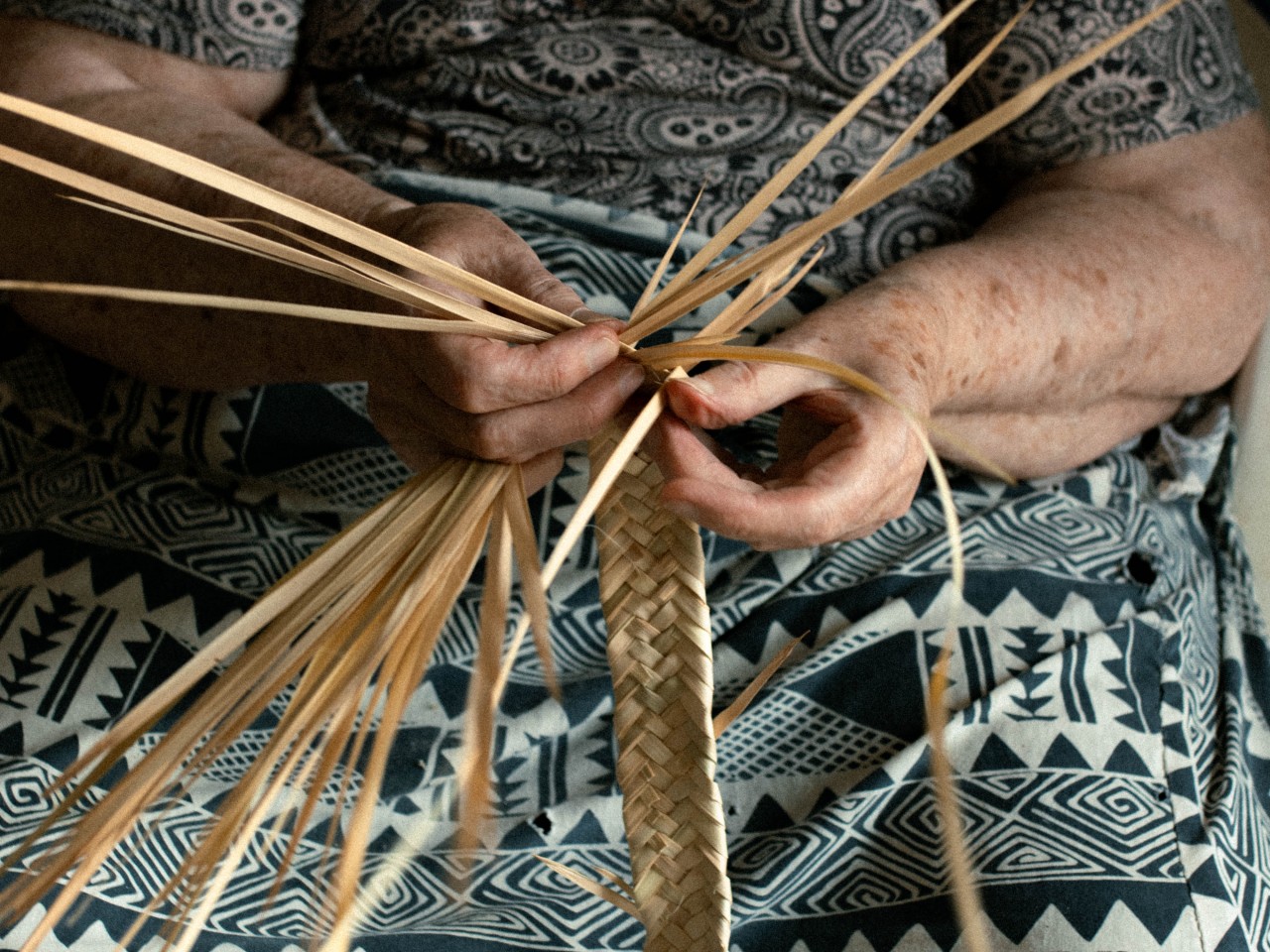
Handmade products are admittedly not suitable for mass production. As many have realized by now, however, not everything has to be mass-produced in the first place. Simple, everyday items might be fine with generic and standardized designs, but in exchange for speed and ease of manufacturing, they often lack personality, depth, and impact. Fortunately, you don’t always have to go to either extreme and find some middle ground that showcases the strengths of both methods.
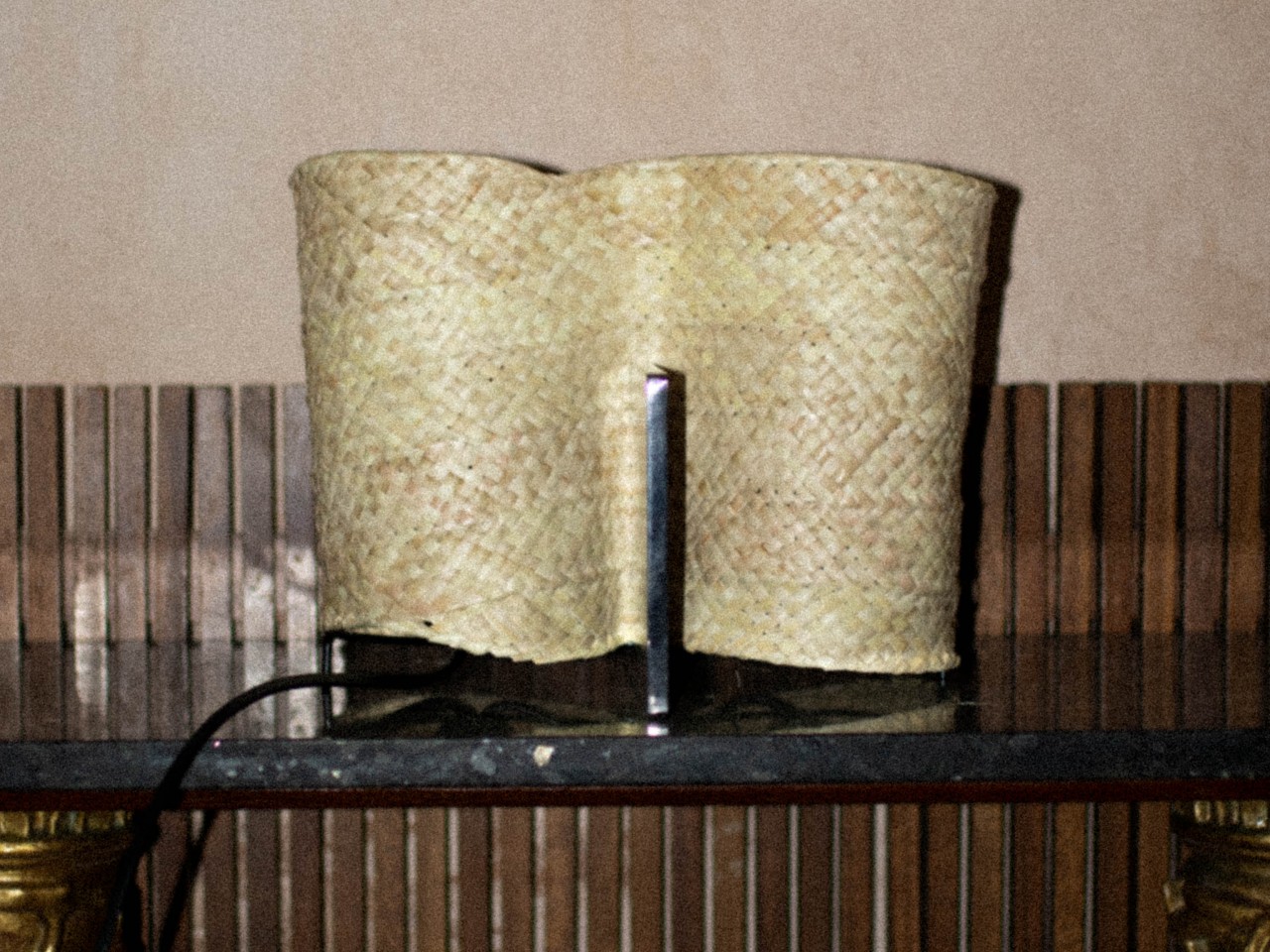
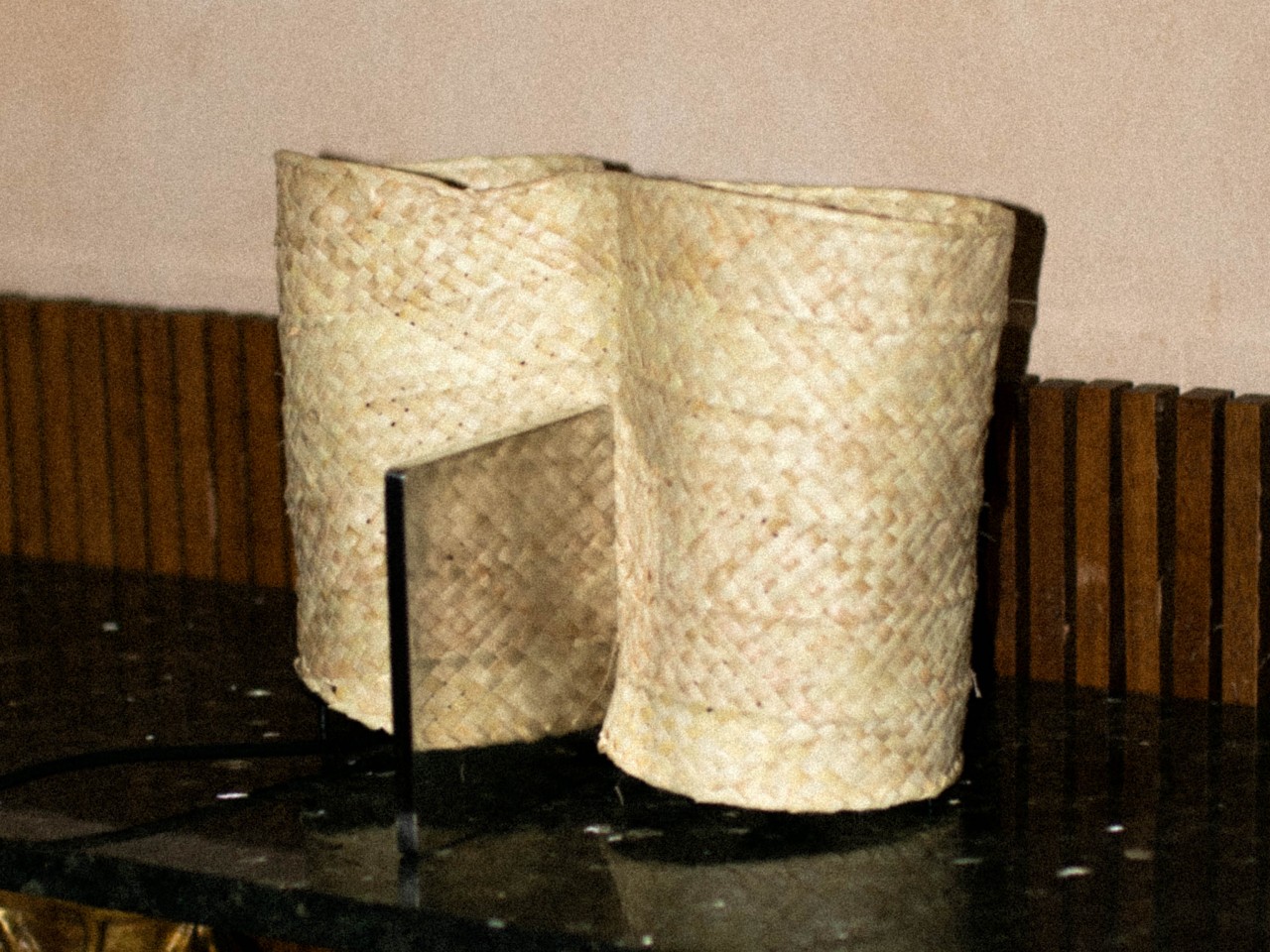
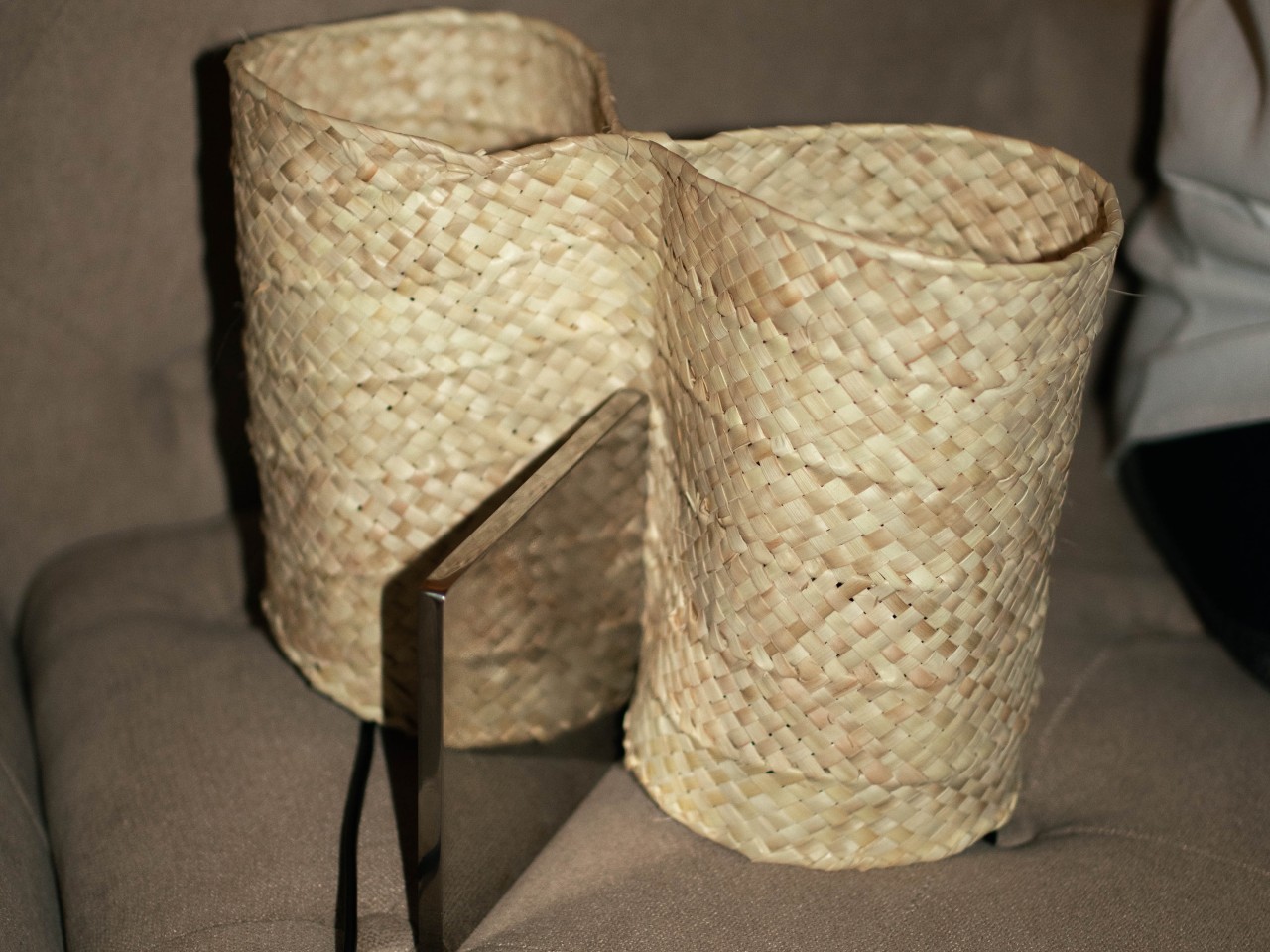
Catalina is a lamp design that does exactly this by combining ordinary lamp electronics and foundations with a lampshade that’s meticulously woven by hand. Specifically, it uses palmetto leaves and traditional weaving techniques called “llata” from Mallorca on one of Spain’s Balearic Islands. Unsurprisingly, this technique is passed down through generations and is mostly done by the women of the locale, a practice whose existence is being threatened by the rise of mass-produced furniture and lighting.
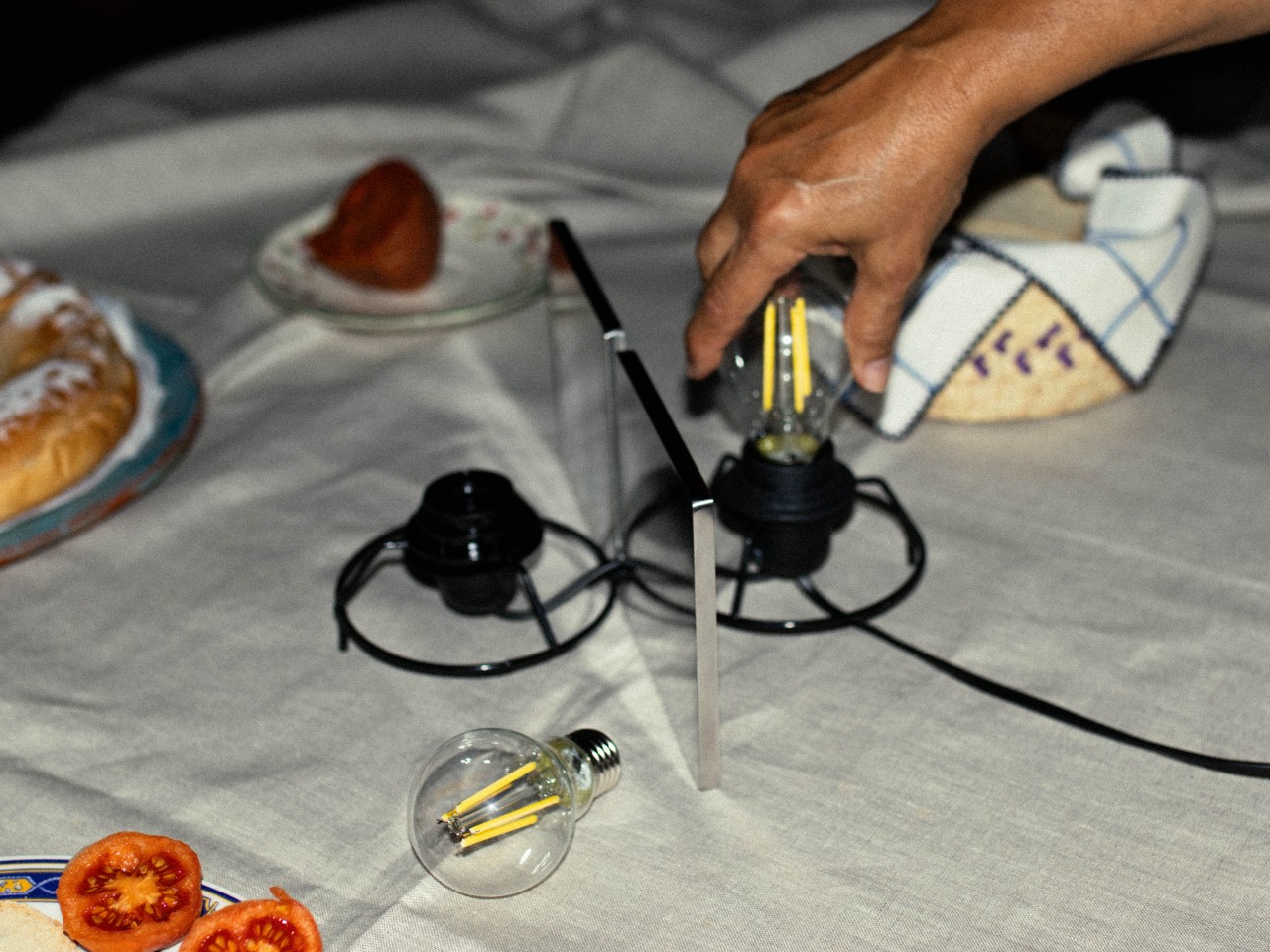
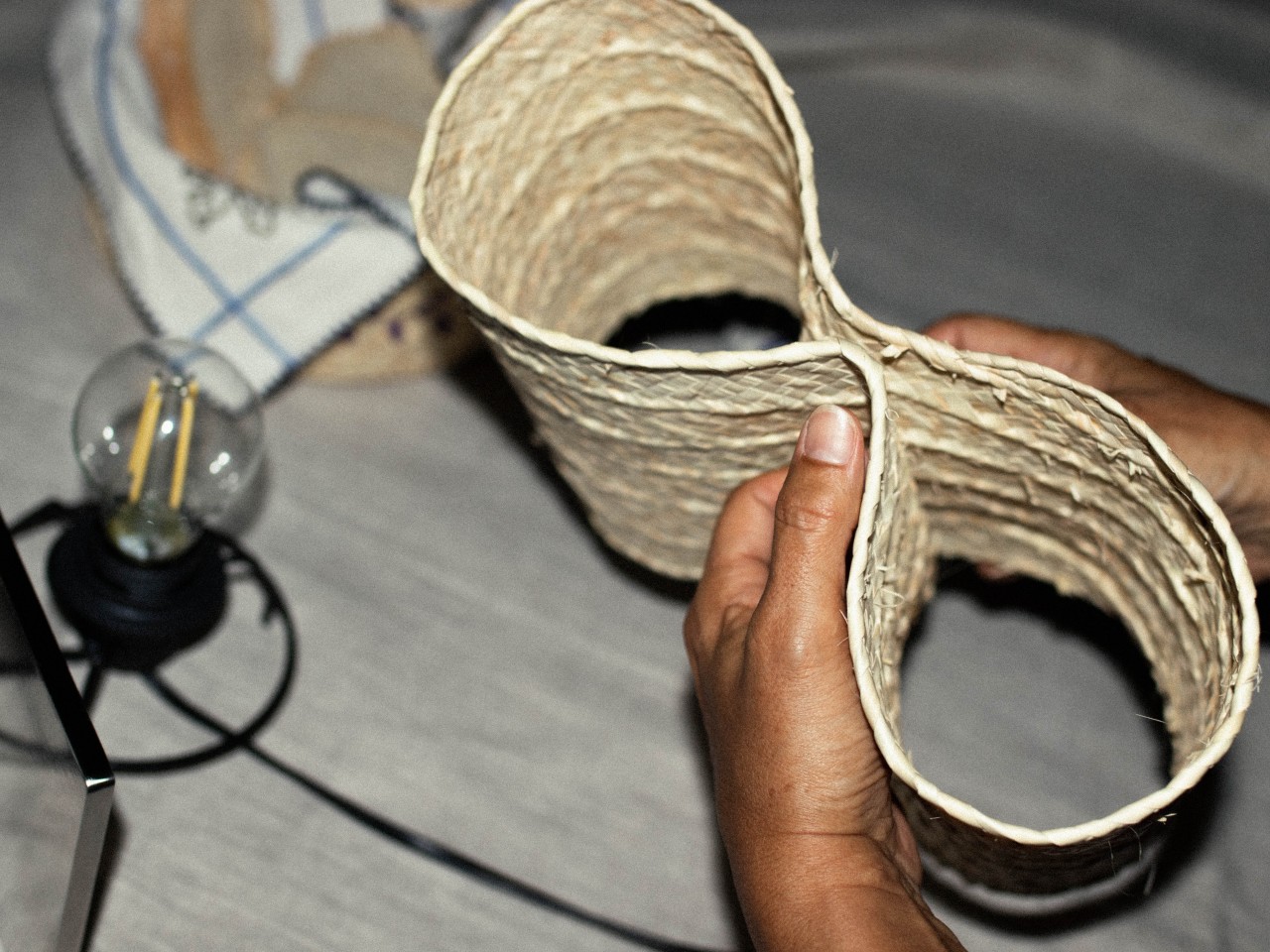
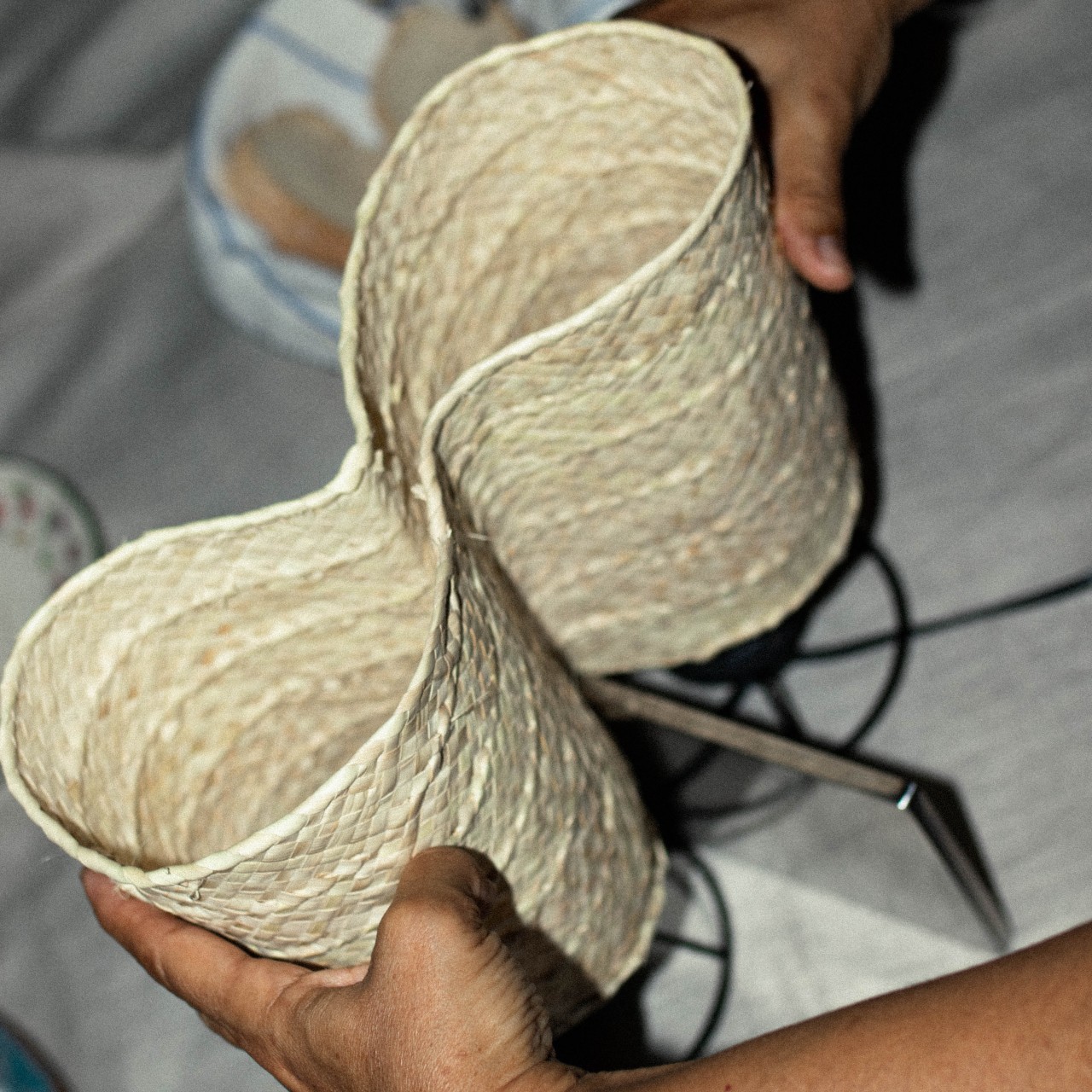
This lamp, however, illustrates the beauty that can come from the melding of past and present. The woven palm leaves form two cylindrical shapes in the form of an eight that encloses two bulbs inside each space. A gap between the two circles is filled by a transparent sheet of glass or fiberglass, serving as a diffuser for the light. The effect is a serene glow that passes through the weave like an otherworldly light.
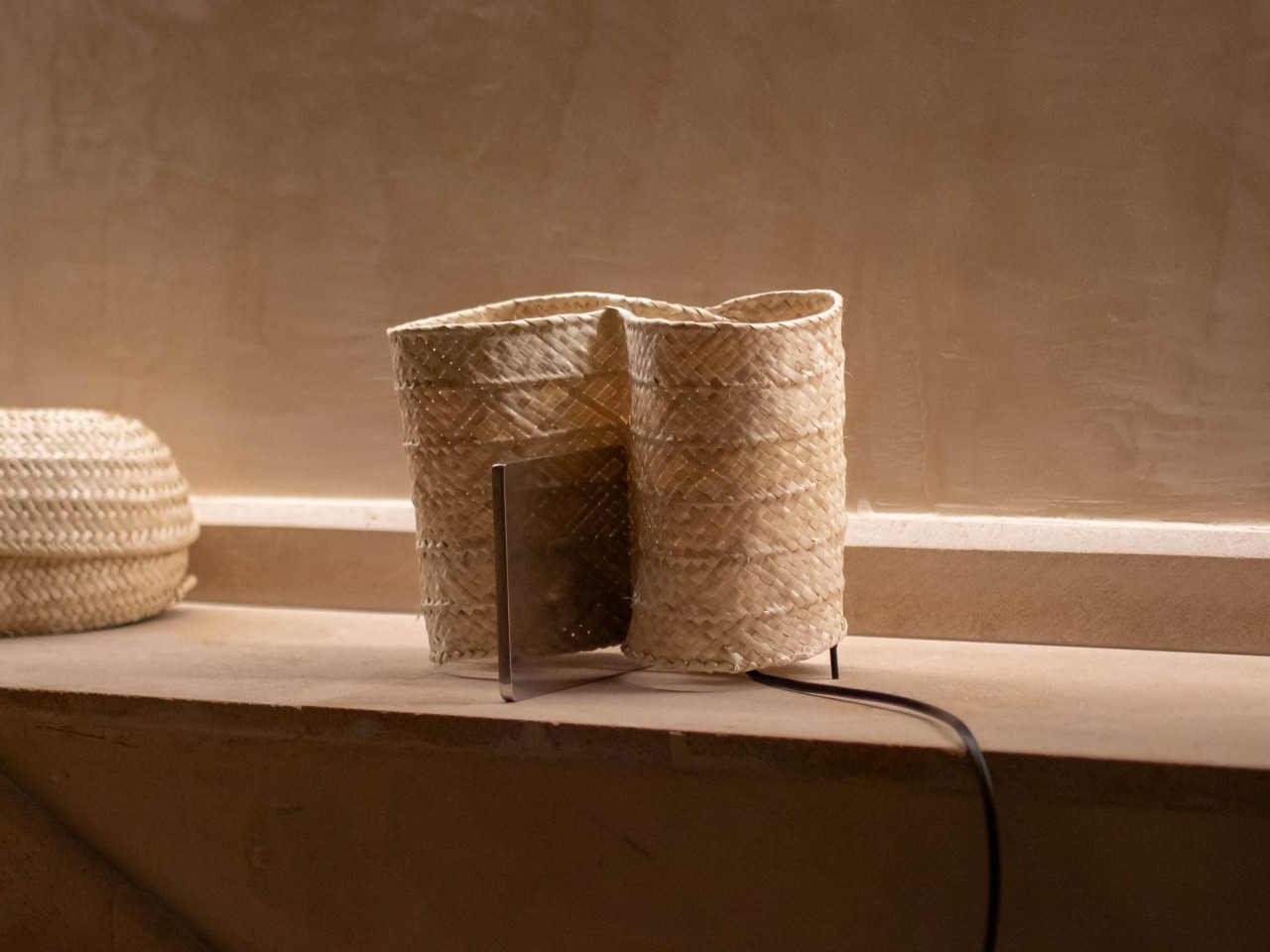
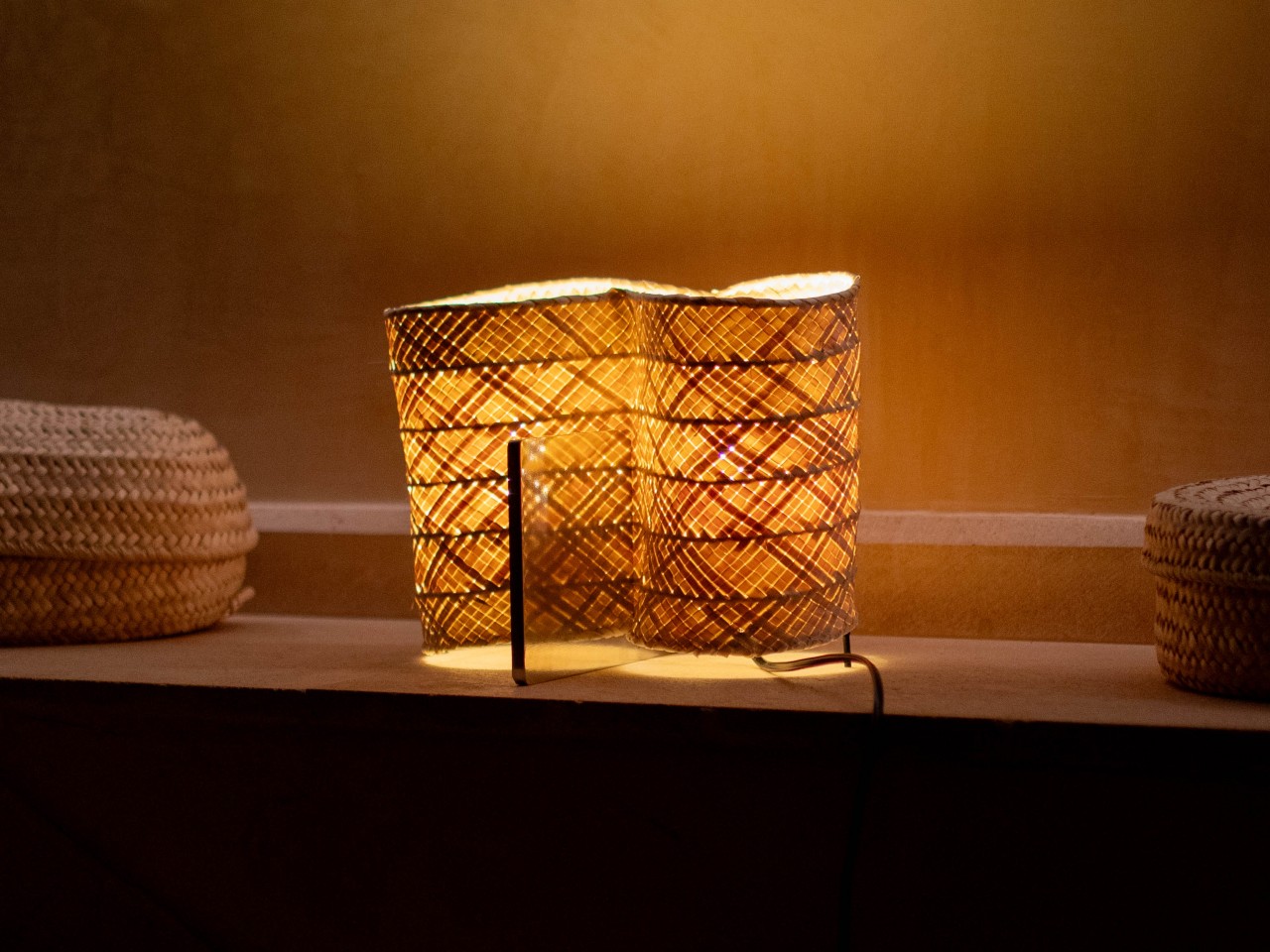
Lamps like Catalina take time to make and are often more expensive because of the labor involved. That, however, also makes the design more special, giving it a unique character similar to a limited edition product. And unlike factory-made lampshades, these handwoven materials will have differences and imperfections, flaws that become selling points exactly because they are different from any other lamp from the same product line.
